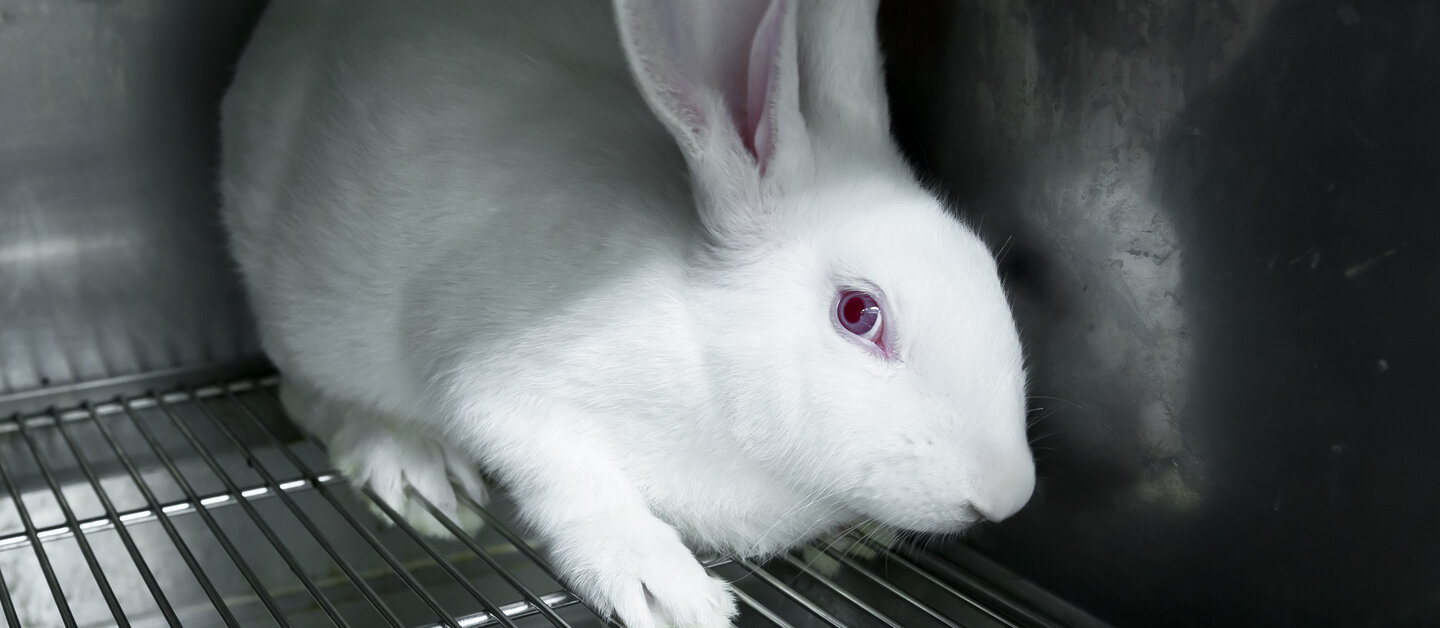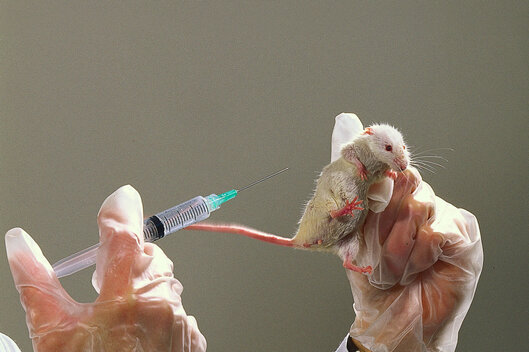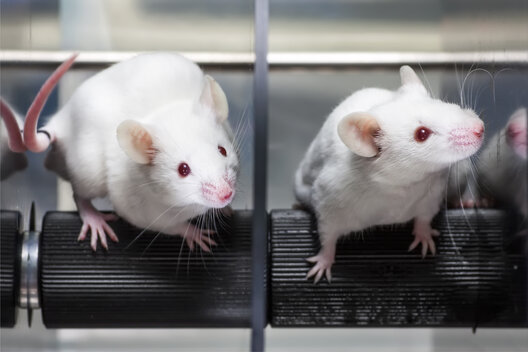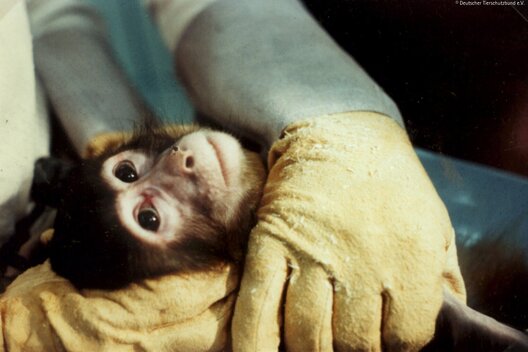Over four million animals suffer and die for science every yearYou should know these figures on animal testing
Once a year, the German Center for the Protection of Laboratory Animals (Bf3R) publishes the number of animals used in animal experiments in Germany. The bare figures, which still list millions of animals, are just as frightening as the statistics from the European Union.
How many animals suffer in animal experiments in Germany every year?
In 2022, a total of 4,207,231 animals were "used" in German laboratories. These are the latest figures available in Germany, published by the Bf3R. 1,725,855 were used in animal experiments, most of which were killed during or afterwards, another 711,939 were killed in order to use their organs or tissue for research purposes. But many more, namely 1,769,437 animals, were killed as so-called "surplus animals". This is the name given to these animals because, although they were initially bred for scientific purposes, the laboratories had no use for them. It can be enough that they are not of the right sex or age for the respective experiment. They are then "disposed of", i.e. killed. This is because it is simply too expensive for the laboratories to care for all the surplus animals until the end of their natural lives.
The total number of animals used in the name of science was highest in Bavaria, North Rhine-Westphalia and Baden-Württemberg. Over half of the animals were "used" in these three federal states alone.1
What purpose did the animal experiments serve in 2022?
In 2022, more than half of the animals in animal experiments in Germany suffered for basic research alone. These experiments therefore have neither a concrete nor a foreseeable benefit, but serve purely to gain knowledge. In applied research, animals are made artificially ill in order to study various human diseases using them as models. However, results from animal experiments are difficult to transfer to humans and do not lead to the hoped-for breakthrough in urgently needed therapies for diseases such as cancer, Alzheimer's or Parkinson's disease.
How does Germany compare with other EU countries?
Germany ranks first in terms of animal consumption, ahead of France. The latest figures on animal testing within the European Union (EU) were published in 2023. They list the figures for 2020. At that time, a total of 8,054,930 animals were used for experimental purposes in the entire EU (including Norway). The laboratories probably disposed of even more animals as surplus animals. However, the EU only publishes these figures every five years; the next report will be published in 2024.
This is what the German Animal Welfare Federation demands
We call on the German government to draw up a strategy for phasing out animal testing and replacing it completely with animal-free methods in the long term. Until these animal experiments are completely abolished, the government must, from an animal welfare perspective, at least
- massively expand the funding of animal-free methods and, in return, restrict the funding of animal testing projects to such an extent that they are only funded with the lowest priority.
- Immediately ban severely stressful animal experiments and experiments on non-human primates.
- adapt the approval procedure for animal experiments. The assessment of whether an animal experiment is essential and ethically justifiable must not continue to be left to the applicants themselves.
Sources and further information
1 Press release of the German Animal Welfare Federation from 12.12.2023:"Laboratory animal statistics of the federal states"











